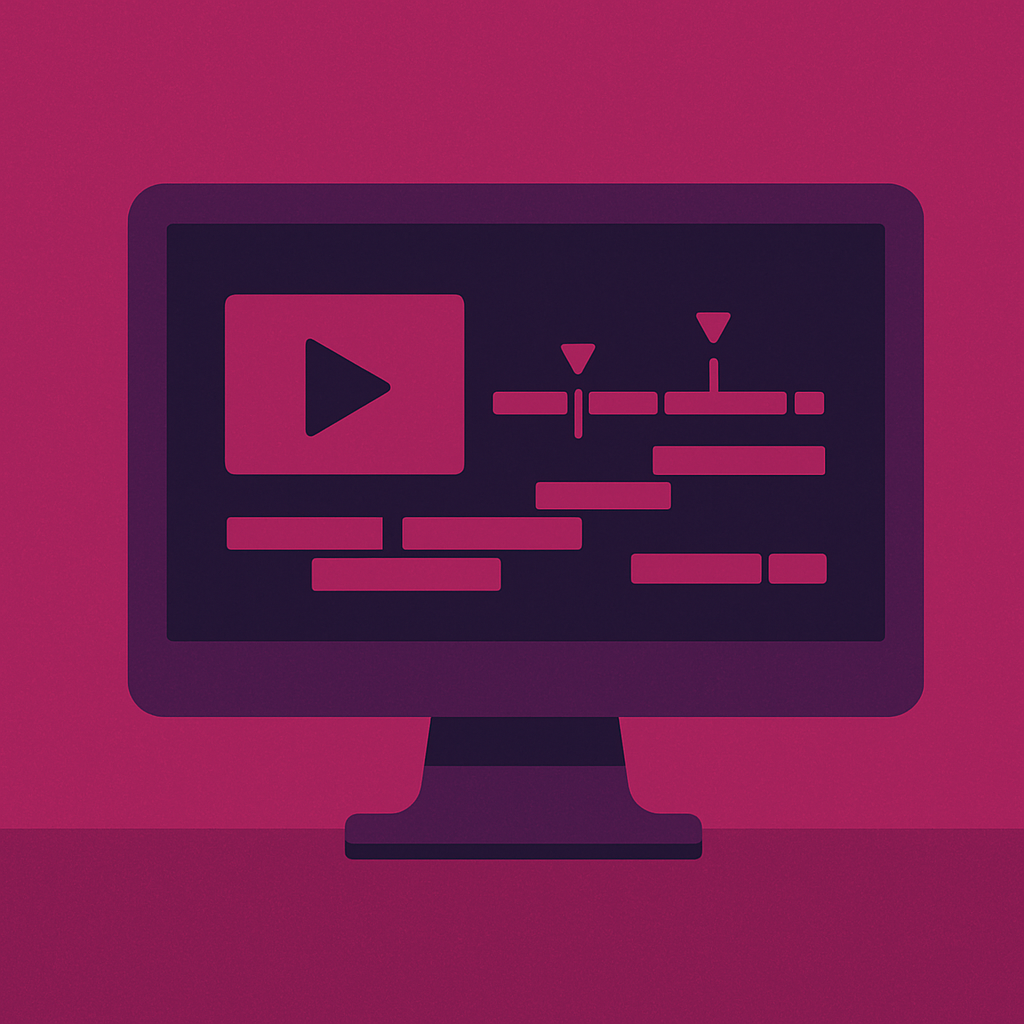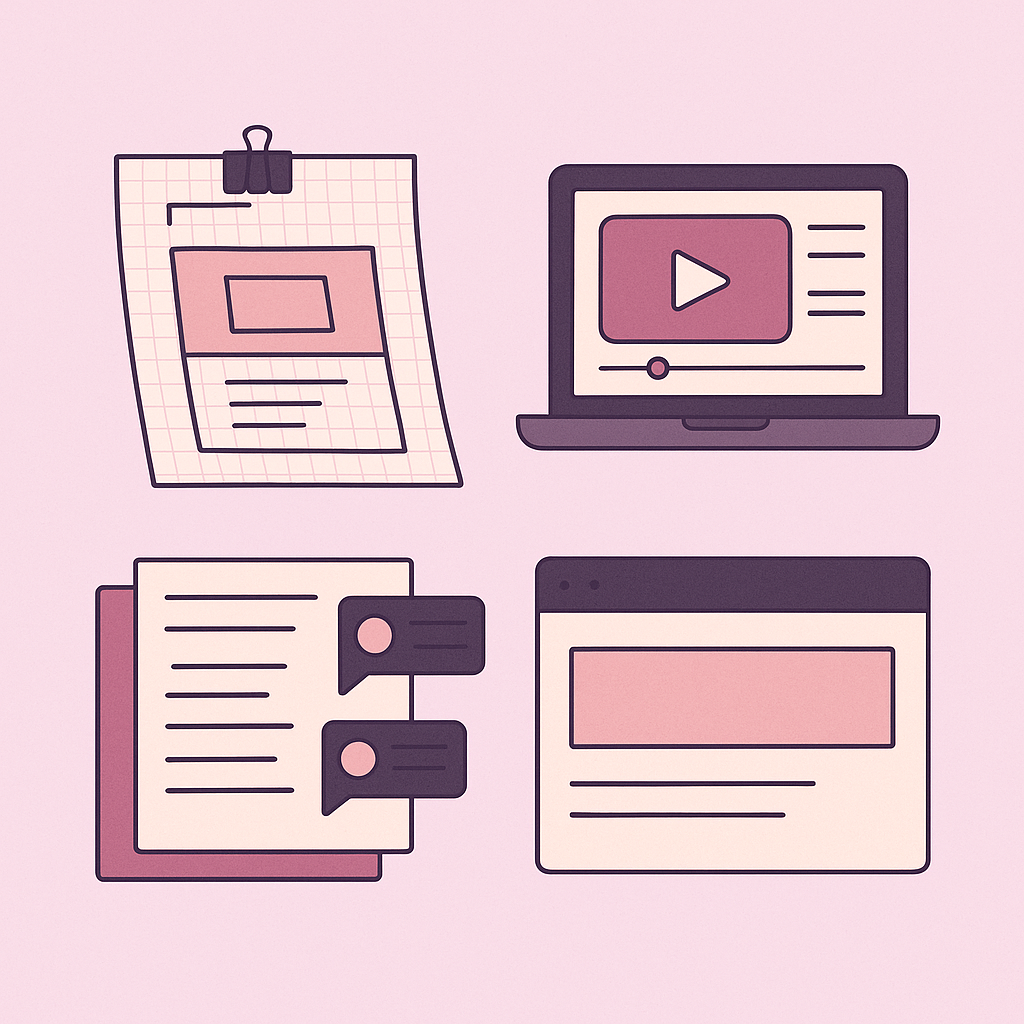Technical Communication in Plain Language
Every time you follow IKEA instructions, read a software tooltip, or watch a two-minute demo on YouTube, you’re experiencing technical communication. It’s the invisible layer that makes tools, products, and processes usable.
In plain language, technical communication is explaining something complex in a way that helps someone accomplish their task. That’s it. Not just manuals, not just help files. It could be a quick-start card, a warning label, an onboarding email, or a product video. If it helps people use or understand something, it counts.
Everyday Examples
You don’t need to work in tech to see technical communication in action. It shows up in places you probably don’t even think about:
A YouTube how-to on fixing a washing machine.
A warning label telling you not to microwave a paper cup.
An onboarding email that guides you into a new app.
A software tooltip that explains a button in five words or fewer.
A quick-start guide tucked into product packaging.
All of these are technical communication — just in different forms.
Why It Matters
Good technical communication saves people time, prevents errors, and reduces frustration. For organizations, it can mean fewer support tickets, lower training costs, and happier customers.
Bad technical communication does the opposite. If a manual confuses more than it explains, or if a video leaves out a key step, people abandon the product or waste hours trying to figure it out. In some cases, poor instructions can even cause accidents or safety risks.
Clear communication isn’t just “nice to have.” It’s the difference between whether something works in practice or not at all.
How I Approach It
I see technical communication as a mix of translation and design. My job is to take something that might be messy or complicated and reshape it so the right person can act on it quickly.
For example:
In the Product Demos project, I scripted and structured short videos to highlight value without jargon.
In my Self-Directed Course build, I stripped the ADDIE model down to its essentials to make learning self-paced and approachable.
In Creative Systems, I designed micro-resources (like pixel calendars and templates).
Each of these is a different format, but the principle is the same: make the complex usable.
Plain Language Isn’t Oversimplifying
One mistake people make is thinking plain language means dumbing things down. It doesn’t. Plain language is about removing obstacles, not removing depth.
You can explain something clearly and still be precise. You can write in short sentences without losing nuance. You can replace insider jargon with words that mean the same thing to more people.
The best technical communication doesn’t make readers feel “talked down to.” It makes them feel capable.
Closing Thought
Ultimately, technical communication isn’t about documents, videos, or templates. It’s about whether someone can accomplish what they set out to do.
If people can’t figure it out, the work isn’t done.


